Venus Colonization: Can We Build Floating Cities on Earth's Hellish Twin?
Venus Colonization: Can We Survive Earth’s Twin?
Venus has long been called Earth’s twin, yet it remains one of the most hostile planets in our solar system. Despite its similar size, gravity, and rocky surface, its thick toxic atmosphere, crushing pressure, and scorching temperatures make colonization seem nearly impossible. But is it? Could humans ever establish a presence on Venus, or is it destined to remain a hellish world, forever beyond our reach?
This deep dive into Venus colonization will explore:
- The history of Venus exploration
- Why Venus is so extreme compared to Earth
- Challenges that make colonization nearly impossible
- The concept of floating cities above the clouds
- Potential technologies for a Venusian colony
- How Venus compares to Mars for human settlement
- Future missions and scientific research on Venus
Let’s uncover whether Venus could ever be a second home for humanity—or if it’s truly the solar system’s ultimate death trap.
The Story of Venus: Discovery and Early Exploration
Venus has been one of the most observed and studied celestial bodies since ancient times. As one of the brightest objects in the night sky, it has fascinated civilizations for thousands of years. Early astronomers noticed its consistent phases like the Moon, leading to deeper curiosity about its nature.
When the space age began, Venus became the first planet beyond Earth to be explored. The Soviet Union and the United States sent numerous missions to study its atmosphere, temperature, and surface conditions. What they discovered was shocking:
- Venus’ surface temperature exceeds 460°C (860°F)—hotter than Mercury, even though Mercury is closer to the Sun.
- The atmospheric pressure is 92 times Earth’s—equivalent to being 900 meters (3,000 feet) underwater.
- Its thick atmosphere is mostly carbon dioxide (CO₂), with clouds of sulfuric acid.
Instead of being a second Earth, Venus turned out to be a planetary oven with conditions worse than any imagined hell.
Why Venus Became a Hellish World
Billions of years ago, Venus might have been Earth-like, with oceans and a milder atmosphere. So, what went wrong?
Scientists believe a runaway greenhouse effect caused Venus to turn into the hostile world it is today. Here’s how:
- Venus likely had water in the past, but intense solar radiation caused it to evaporate.
- Water vapor, a potent greenhouse gas, trapped more heat, accelerating warming.
- With no oceans left to absorb CO₂, volcanoes kept releasing massive amounts of it into the atmosphere.
- The planet’s slow rotation (one Venusian day lasts 243 Earth days) prevented heat distribution, making it even worse.
This process created a vicious cycle, leading to the hottest and most unlivable world in the solar system.
Challenges of Colonizing Venus
Colonizing Venus is one of the most difficult concepts in planetary science. Compared to Mars, Venus presents extreme hurdles:
- Unbearable Heat: At 460°C (860°F), metals melt, and no known materials can survive for long.
- Crushing Pressure: A human would be flattened instantly without protection.
- Toxic Atmosphere: Sulfuric acid clouds would corrode spacecraft and structures.
- No Water or Oxygen: Unlike Mars, which has underground ice, Venus offers no natural resources for survival.
Given these insurmountable problems, living on Venus’ surface seems impossible. However, some scientists propose an alternative solution—one that doesn’t involve setting foot on the ground at all.
Floating Cities: The Most Viable Venus Colony Concept
Since the surface is too extreme, colonization proposals focus on hovering above the clouds. At around 50 km (31 miles) above Venus’ surface, the atmosphere becomes surprisingly Earth-like in pressure and temperature.
This idea, known as the High Altitude Venus Operational Concept (HAVOC), proposes:
- Floating cities or airships suspended in Venus’ upper atmosphere
- Solar energy as a primary power source (since Venus gets more sunlight than Earth)
- Utilizing Venus’ dense atmosphere for aerostatic lift, similar to how hot air balloons work
At this altitude:
- The temperature is around 75°C (167°F)—hot, but manageable with insulation.
- The pressure is similar to Earth’s sea level, meaning standard spacecraft hulls could withstand it.
- The gravity is 90% of Earth’s, making human adaptation easier than on Mars.
This concept, while still speculative, is one of the few viable ways humans could ever live on Venus.
Mars vs. Venus: Which is Better for Colonization?
Mars is often seen as the most promising planet for human settlement, but how does Venus compare?
- Mars has a solid surface, Venus does not (for practical purposes).
- Mars has frozen water, Venus does not.
- Mars has a thin atmosphere, Venus has a crushing one.
- Mars has weaker gravity (38% of Earth’s), while Venus has nearly the same as Earth (90%).
- Mars requires radiation shielding, but Venus’ thick atmosphere blocks harmful radiation.
Both planets present extreme challenges, but Venus is far more hostile overall. The floating colony concept is promising, but Mars is still considered the better long-term option for human expansion.
Future Missions to Venus
Interest in Venus has resurfaced in recent years, with upcoming missions aiming to study its past, atmosphere, and geology in greater detail.
- NASA’s DAVINCI+ and VERITAS missions (2030s) will investigate Venus’ atmosphere and geological activity.
- ESA’s EnVision (late 2030s) will map the planet’s surface in high resolution.
- China’s proposed Venus lander will attempt to survive the harsh surface for an extended period.
While these missions won’t establish colonies, they will help scientists understand Venus’ past and potential for future exploration.
How Could Humans Survive in Venus’ Atmosphere?
If humans ever establish a colony on Venus, living on the surface is out of the question. The only feasible option is to remain airborne at an altitude of about 50 km (31 miles) above ground, where conditions are relatively Earth-like. But even here, survival isn’t straightforward.
To make this possible, colonists would need:
- Massive floating habitats capable of housing people, supplies, and technology.
- Durable materials resistant to sulfuric acid corrosion.
- A steady supply of breathable oxygen, water, and food.
- Reliable transport systems for moving between habitats and research sites.
Here’s how each of these challenges could be addressed:
1. Building and Maintaining Floating Cities
Venus’ thick atmosphere creates enough buoyant force to support large airships or structures filled with lighter gases, such as:
- Helium or hydrogen-filled habitats, similar to zeppelins or high-altitude balloons.
- Multi-level platforms with solar panels for energy collection.
- Inflatable, modular stations connected by floating bridges.
These high-altitude cities would have to:
- Be resistant to strong winds (350 km/h or 217 mph at some altitudes).
- Shield inhabitants from high temperatures.
- Maintain artificial gravity similar to Earth’s, reducing long-term health effects.
A successful Venusian colony would likely be an interconnected network of floating research stations, living quarters, and agricultural modules.
2. How Would Colonists Get Oxygen, Water, and Food?
Oxygen Supply:
- Venus’ atmosphere is 97% carbon dioxide (CO₂), but oxygen can be extracted via chemical processes like electrolysis.
- CO₂ could be split into carbon monoxide and oxygen using solar-powered systems.
Water Source:
- Unlike Mars, Venus lacks ice deposits, meaning water must be produced artificially.
- Water could be extracted by harvesting trace amounts from the atmosphere or produced chemically by combining hydrogen (shipped from Earth or extracted from Venus’ atmosphere) with oxygen.
Food Production:
- Floating greenhouses with hydroponic or aeroponic systems would allow crops to grow without soil.
- Some plant species might even thrive in the carbon-rich Venusian atmosphere with proper engineering.
- Alternative food sources like algae, lab-grown meat, and synthetic protein production would supplement the diet.
While challenging, these resource extraction methods make long-term habitation theoretically possible.
3. Transportation on Venus: Getting Around in the Clouds
Since Venus’ surface is inaccessible, colonists would rely on aerial and orbital transportation:
- Airships and floating platforms for inter-habitat travel.
- Drones and autonomous robotic explorers for surface research.
- Space elevators or skyhooks to ferry materials between orbit and the colonies.
Because Venus is closer to Earth than Mars, spacecraft could make the trip in about 3–4 months, reducing supply chain issues compared to Martian colonization.
Can Venus Be Terraform? The Ultimate Challenge
Terraforming Venus is often considered far more difficult than Mars, but if we ever succeed, it would become an Earth-like paradise. Some radical proposals include:
-
Blocking Sunlight with a Space Shield
- Deploying giant solar reflectors or dust clouds at Venus’ Lagrange point could cool the planet.
- Over thousands of years, this could allow the CO₂ in Venus’ atmosphere to condense and form oceans.
-
Bombarding Venus with Hydrogen
- Injecting large amounts of hydrogen into Venus’ atmosphere could chemically react with CO₂ to form water and graphite.
- This could potentially reduce Venus’ temperature significantly over time.
-
Genetically Engineered Microbes
- Some scientists propose using bacteria or algae that can survive Venus’ conditions and convert CO₂ into useful compounds.
- If successful, this could reduce atmospheric carbon and gradually improve the environment.
-
Artificial Magnetic Field
- Venus lacks a magnetic field, which means it is bombarded by solar radiation.
- Some ideas suggest building an artificial magnetosphere, similar to NASA’s Mars terraforming proposals.
Despite these theories, terraforming Venus is still beyond our technological capabilities. Floating cities remain the best solution for human presence in the foreseeable future.
Would Colonizing Venus Be Worth It?
Venus presents immense scientific value, but is it worth colonizing?
Potential Benefits:
- Closer to Earth than Mars, meaning shorter travel times.
- Stronger gravity than Mars (90% of Earth’s), reducing health risks.
- Thick atmosphere provides radiation shielding.
- A stable, consistent climate (though extremely hot).
- Scientific discoveries about planetary evolution and climate change.
Major Drawbacks:
- Unbearably high temperatures and crushing pressure.
- Lack of surface resources (like water and metals).
- Extremely slow rotation (a day on Venus lasts 243 Earth days).
- Surface exploration is nearly impossible.
While scientifically intriguing, Venus is far less promising than Mars as a long-term settlement.
Comparison: Venus vs. Space Habitats and Exoplanets
Instead of Venus, space stations, asteroids, or exoplanets might be better alternatives.
Space Habitats (O’Neill Cylinders or L5 Colonies)
- Artificial gravity, self-sustaining ecosystems, and controlled environments.
- No extreme planetary conditions to deal with.
- Easier to construct in orbit around Earth or the Moon.
Exoplanets in the Habitable Zone
- Potential Earth-like planets exist in other star systems.
- Future interstellar travel could open possibilities beyond our solar system.
- Venus’ harsh conditions make exoplanet colonization seem more attractive.
While Venus is an intriguing scientific target, its colonization is much harder than space stations or Mars.
Is Venus Colonization Possible?
The harsh reality is that Venus is one of the least hospitable places in the solar system. Unlike Mars, which has a path toward colonization through underground shelters and resource utilization, Venus offers no clear way for humans to survive—except in floating cities.
But even that is speculative and technologically challenging. Given the difficulties, most efforts remain focused on Mars, the Moon, and space stations, rather than Venus.
However, as technology advances, what seems impossible today might become reality in the distant future.
FAQs About Venus Colonization
Could humans ever live on Venus?
Only in floating cities above the clouds, as the surface is too extreme.
Why is Venus hotter than Mercury?
Its thick CO₂ atmosphere traps heat, creating a runaway greenhouse effect.
Will there be future Venus missions?
Yes, NASA, ESA, and China have upcoming missions to explore Venus in detail.
Which is better for colonization: Venus or Mars?
Mars is far more viable, as Venus is almost completely uninhabitable.


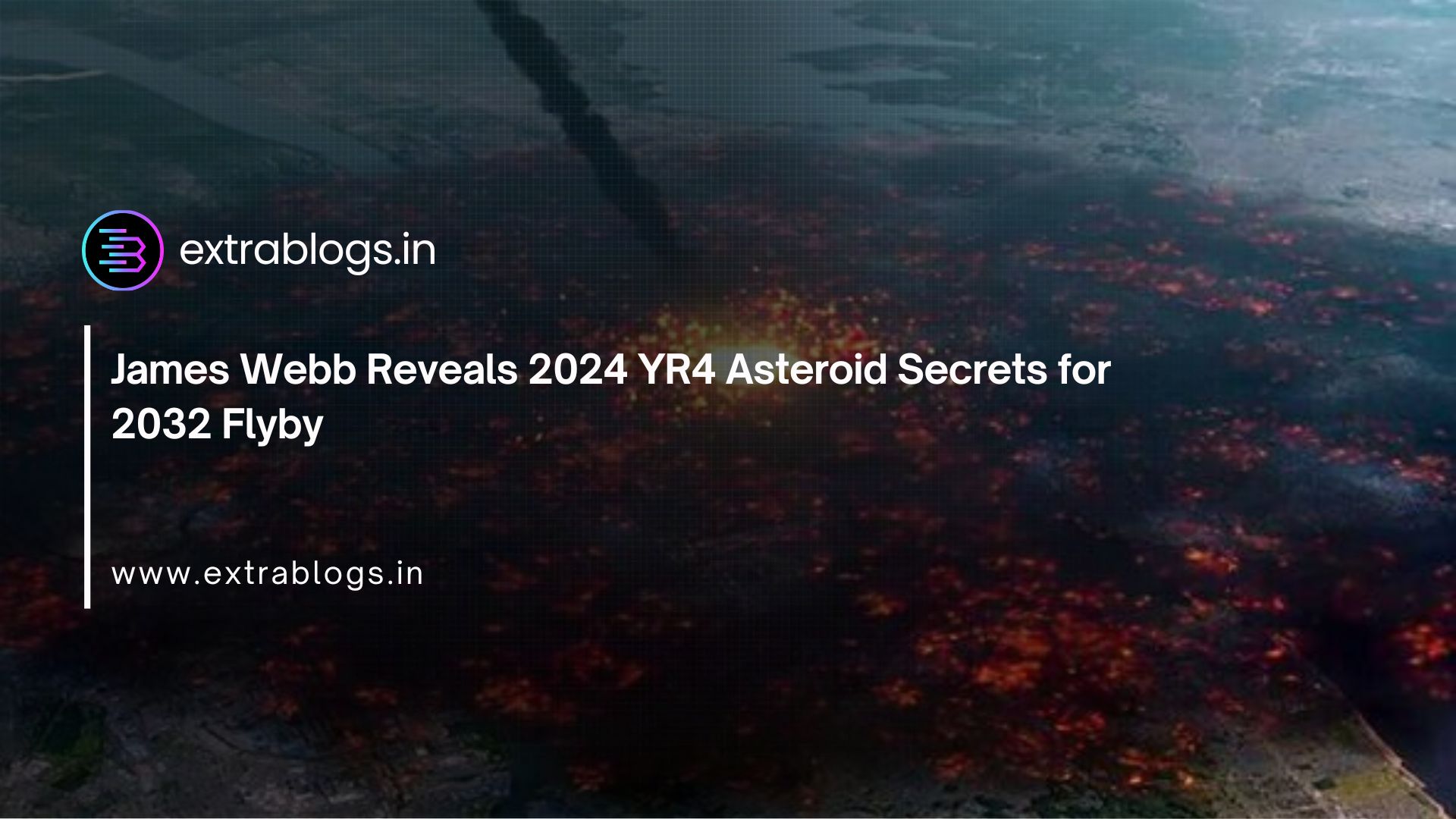
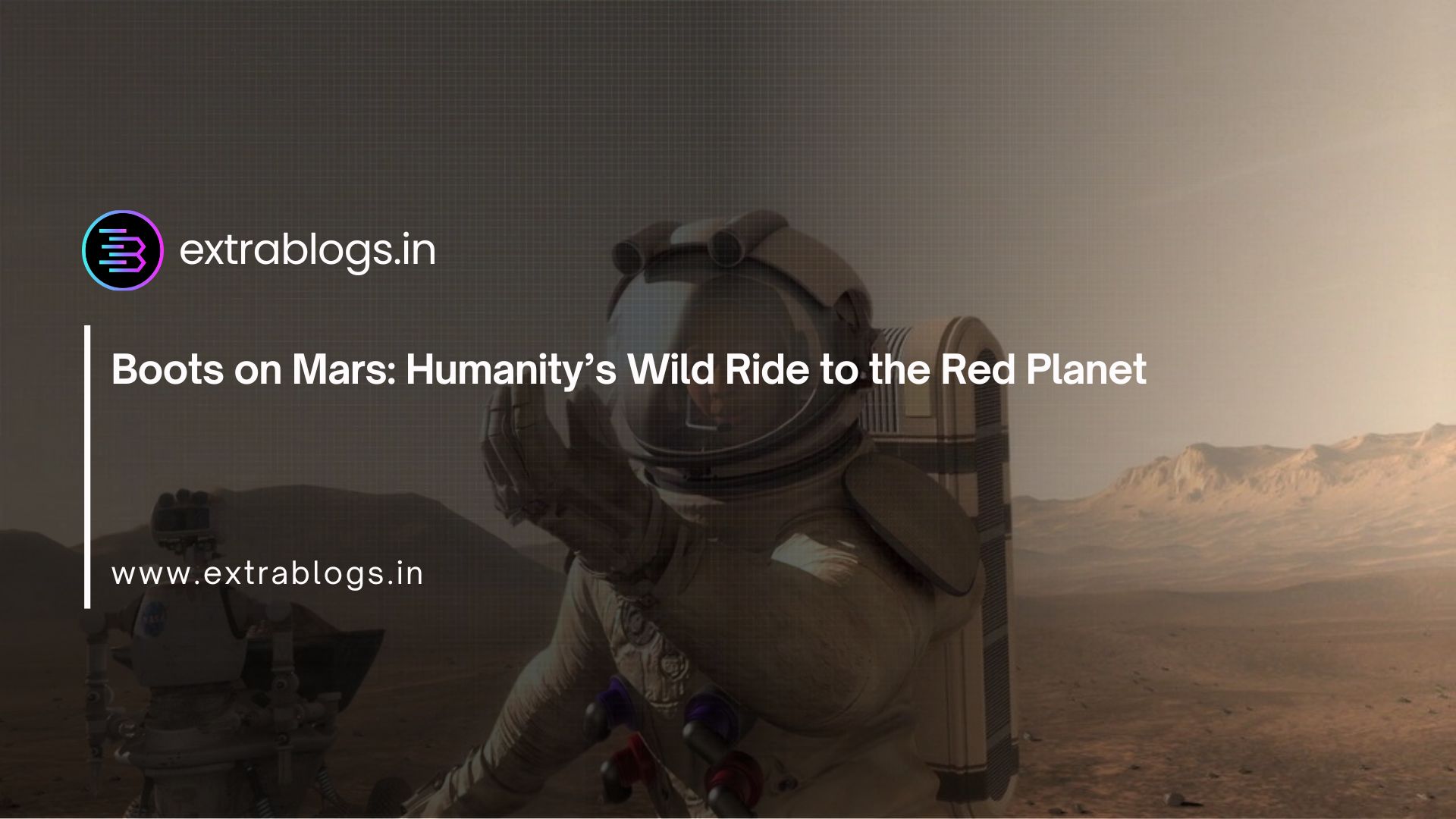
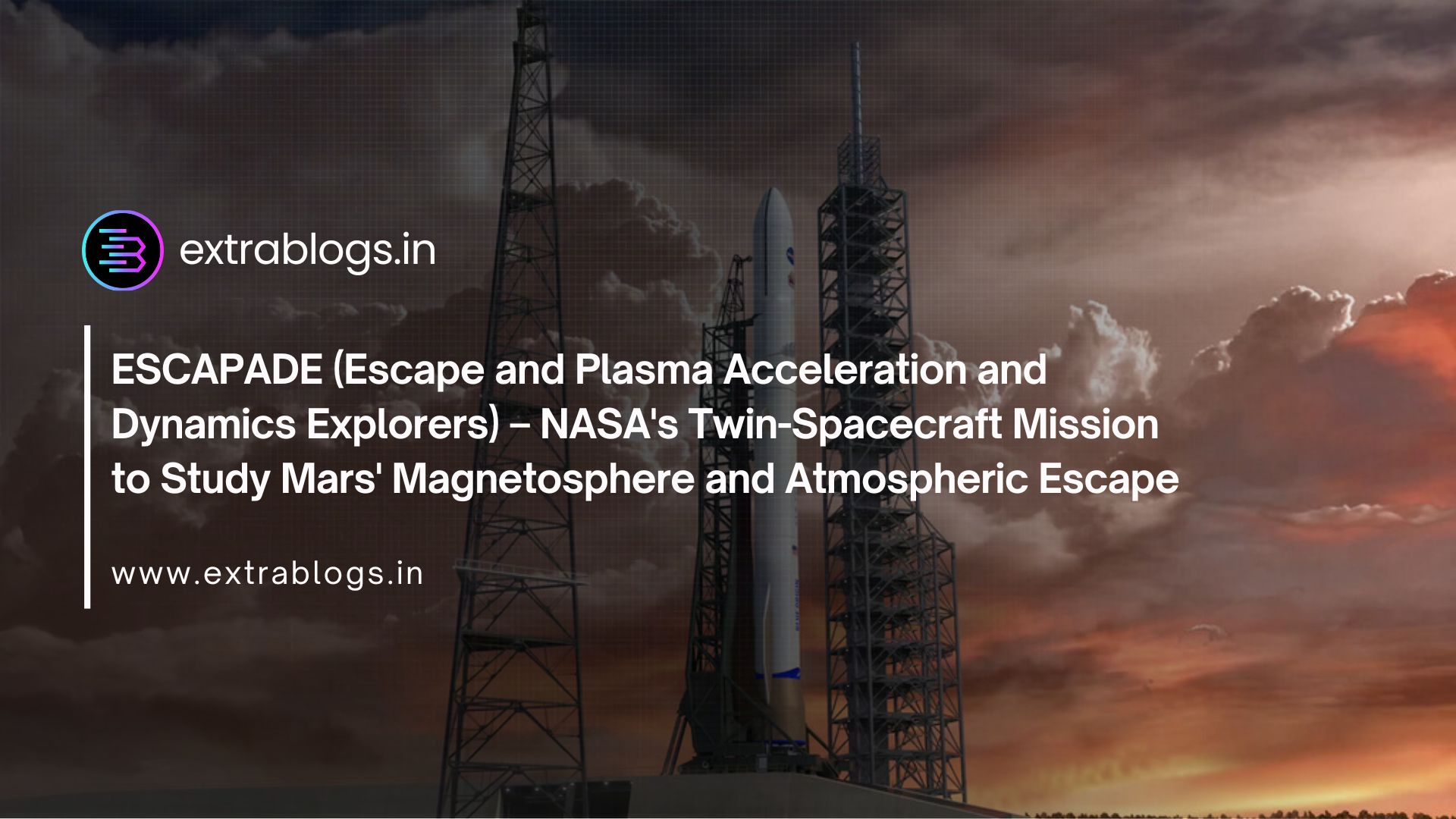
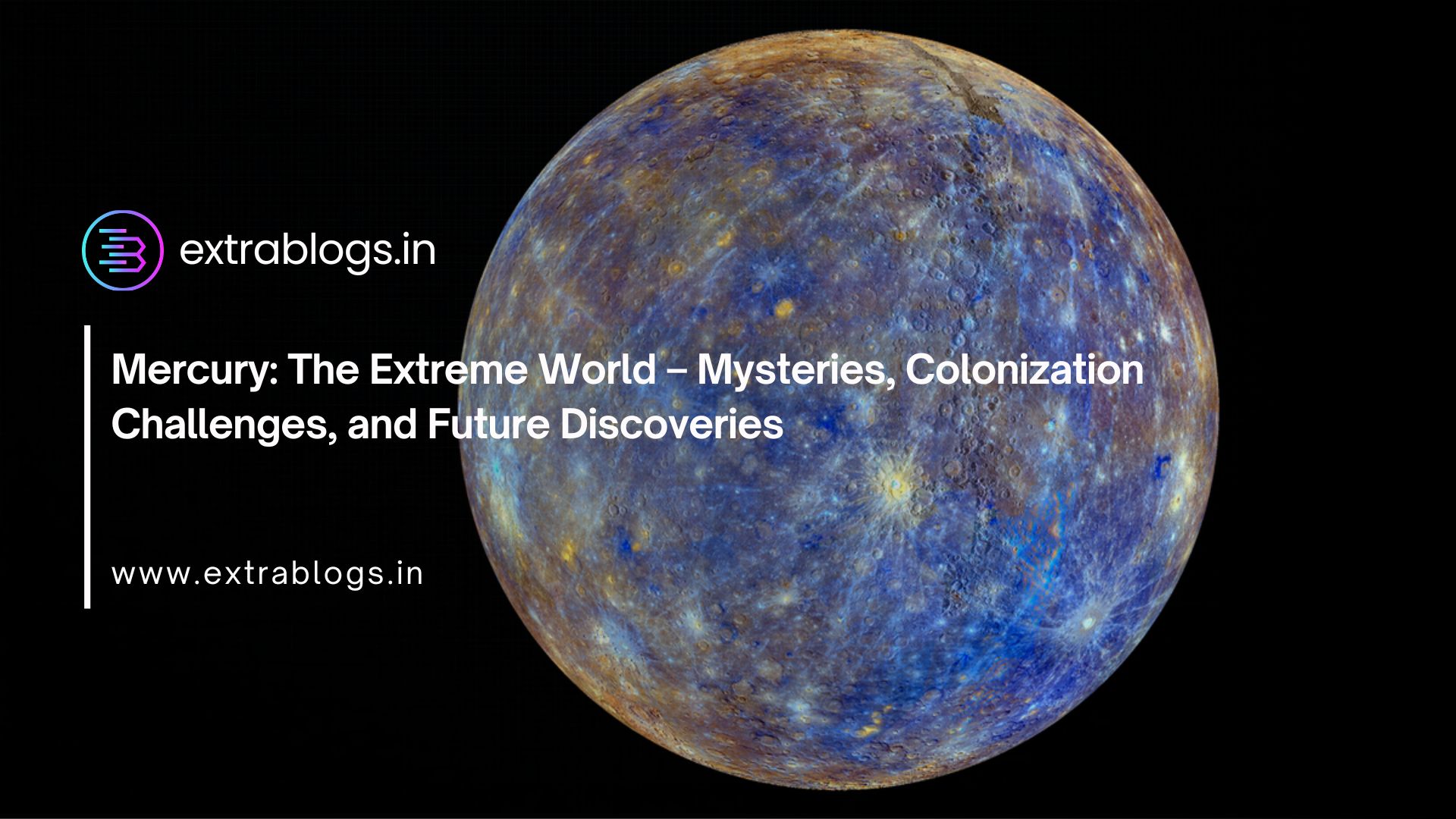
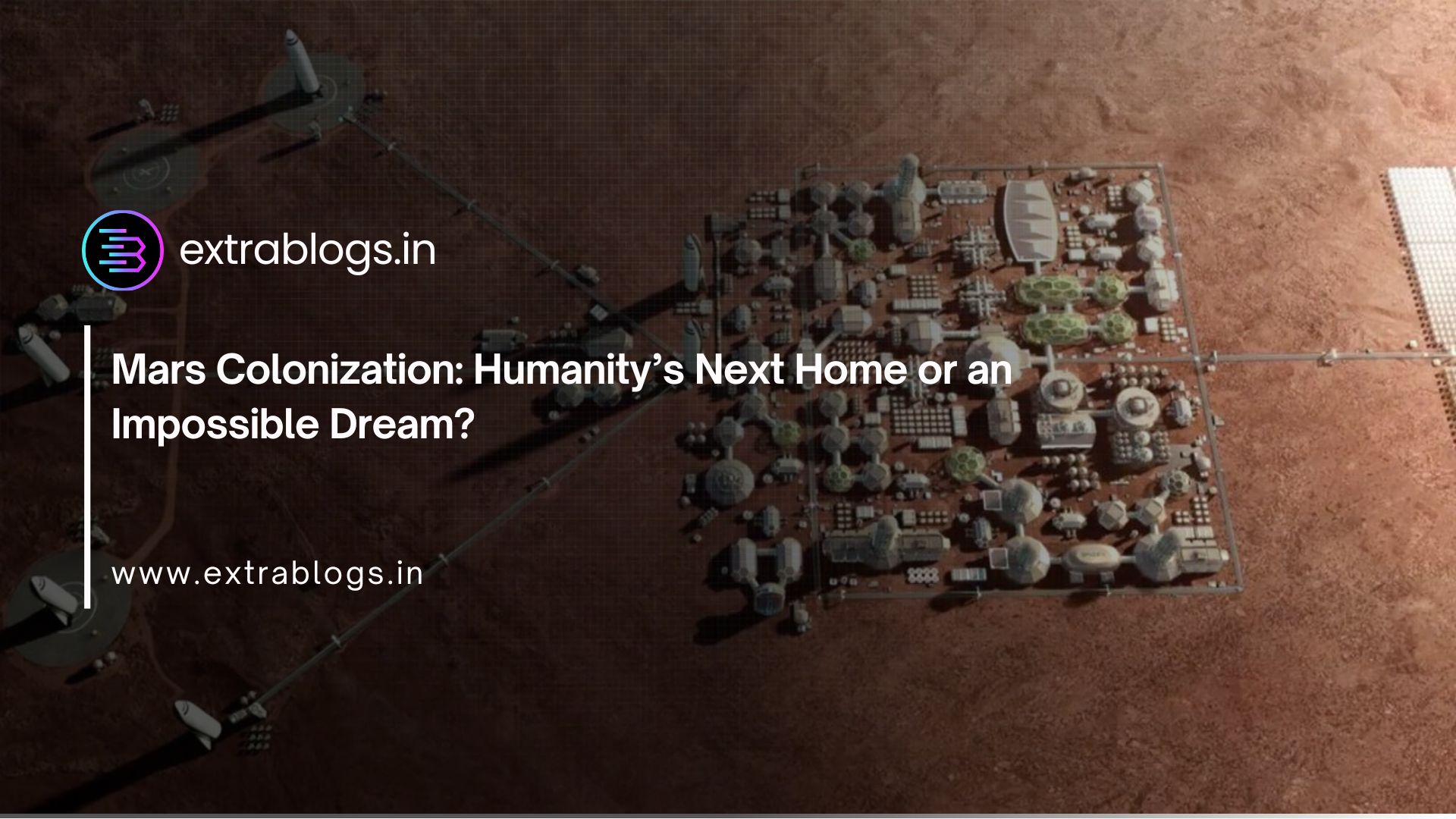
Post Your Comment